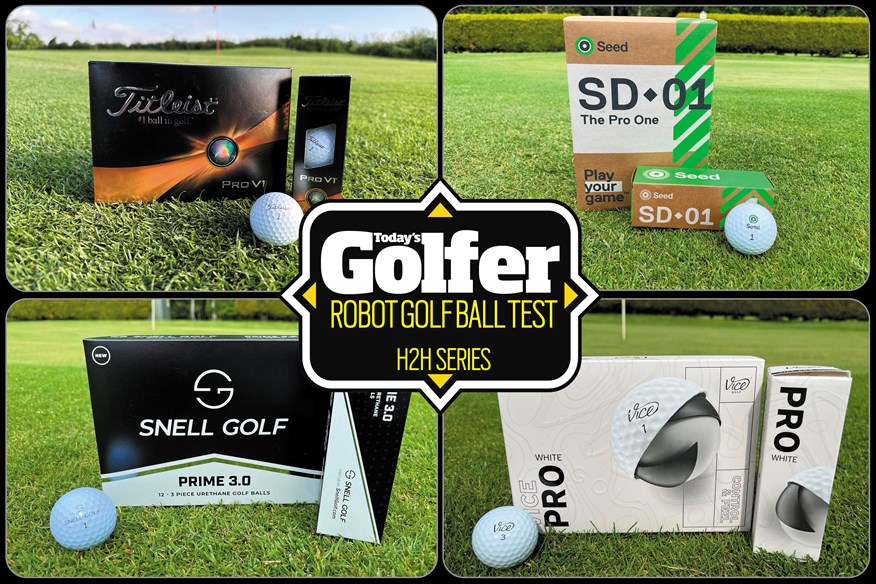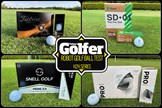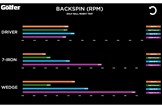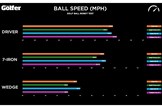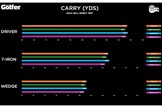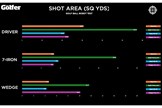Titleist Pro V1 performance for half the price? Why you have to try this golf ball
Last updated:
The industry-leading Titleist Pro V1 family remains the overwhelming ball of choice for the Pros, but here’s why it doesn’t need to be for you…
Finding the best golf ball is a far more nuanced challenge than simply matching the marketing blurb on the back of a box with your perceptions of how it fits with your game.
It’s why for the second year running we have commandeered a $100,000 robot to test an increasingly crowded marketplace and offer you the most objective and impartial buying advice so you can find the best value for money possible.
- Titleist Pro V1 drops to lowest-ever price in Black Friday sales
- Best Black Friday 2024 Golf Ball Deals
The last two years have really helped shape and add weight to the argument that club golfers do not need to be paying top dollar to secure a golf ball that ticks a lot of boxes for them, and perhaps more than some of the most popular balls on tour.
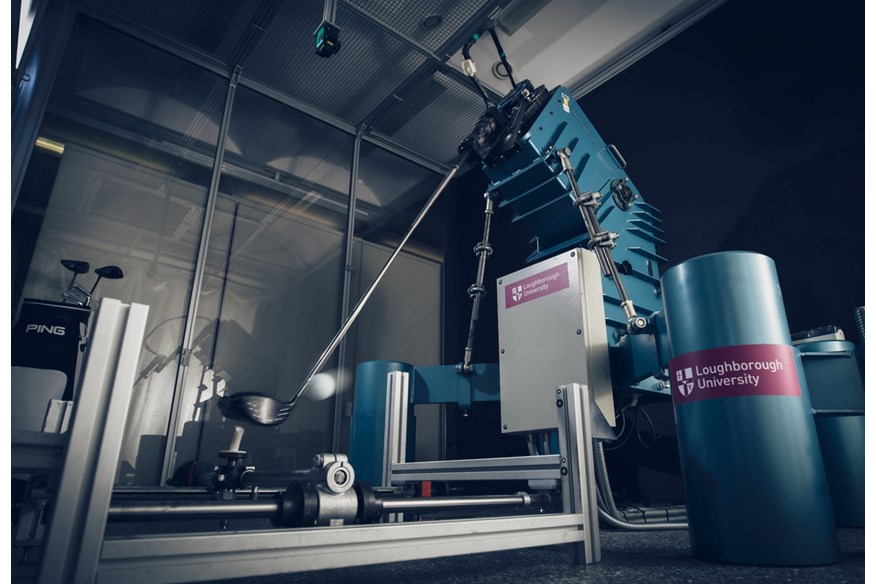
And for those adamant about playing the same ball as your favorite pro, we’re sorry to break it to you, but you’re probably not. In the case of the most popular balls out there – the Titleist Pro V1 family – you will have paid over $50 for the privilege of 12 ‘same but different’ versions of the white sphere.
That’s why we’ve looked to the emerging direct-to-consumer (DTC) to ask the question of whether comparable performance characteristics can be achieved for just a fraction of the cost. So if you’re willing to think outside the box a little on this one then read on, as results might just sway your next purchase, and free up some budget for the bar.
Meet the models: Our 4-way head-to-head test
In this comparison we’ve taken Titleist’s flagship ball – the Pro V1 – heralded worldwide as the ball that revolutionized the golf ball market and pitched it head-to-head against three alternative 3-piece models from DTC brands.
| Titleist Pro V1 | Seed SD-01 | Snell Prime 3.0 | Vice Pro | |
| Construction | 3-piece | 3-piece | 3-piece | 3-piece |
| Cover | Urethane | Urethane | Urethane | Urethane |
| Dimples | 388 | 336 | 322 | 318 |
| Compression | 87 | 95 | 80-85 | 90 |
| Colors | White, Yellow | White, Yellow | White, Yellow | White, Green, Orange, Speckled |
| RRP | $54.99/£50.00 per dozen | $35.00/£25.00 per dozen | $33.95/£29.99 per dozen | $32.99/£29.99 per dozen |
What the manufacturers say:
Titleist Pro V1
The most played ball in golf is billed by Titleist as offering the greatest combination of speed, spin, and feel for players who prioritize total performance. Compared to its firmer V1x sibling, the original Pro V1 has a softer feel with less spin and a flatter trajectory, making it the preferred choice for players who like exceptionally long distance, the ability to flight shots, and score with precision and touch.
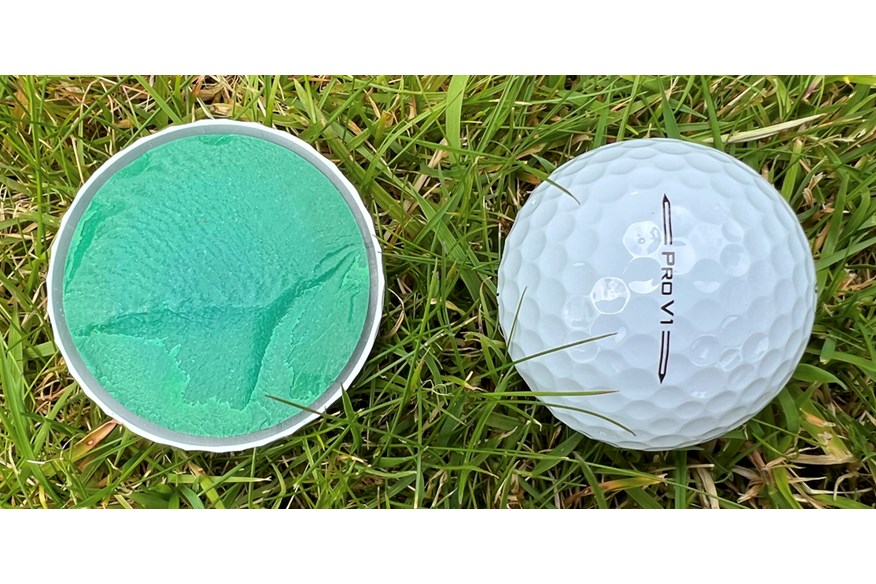
Seed SD-01
“As good as anything out there at a price everyone can afford,” says Seed about the 95 compression SD-01, designed for the ultimate combination of distance and control. The ball promises to be long off-the-tee with tour-level spin from 100 yards in thanks so it’s cast urethane cover. Seed also claims the model is suitable for all abilities from “tour pros to weekend warriors.”
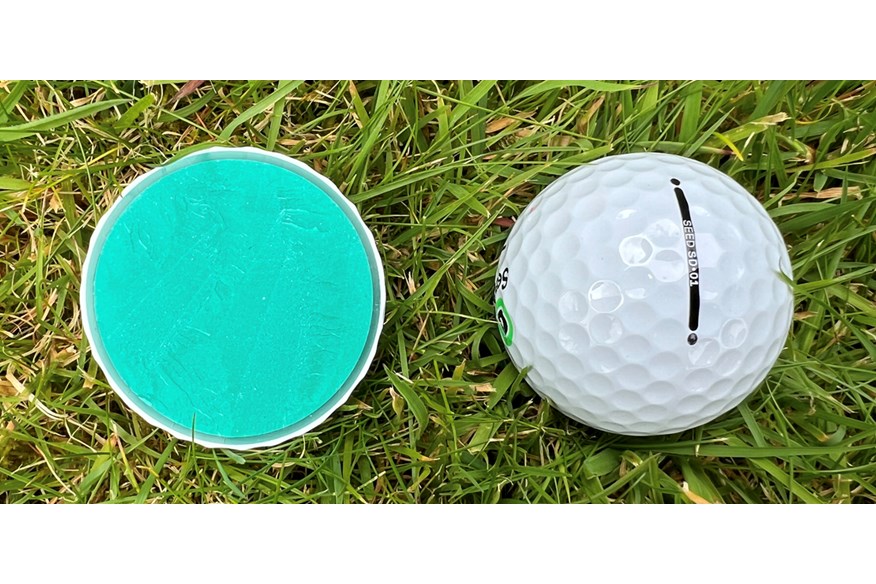
Snell Prime 3.0
Another ball claiming to offer the total performance package is the Snell Prime 3.0 with a compression range of 80-85, making it the softest 3-piece ball in this comparison. The ball is aimed at golfers seeking low long-game spin for maximum distance combined with the ability to control iron spin to mid-high levels for short-game versatility.
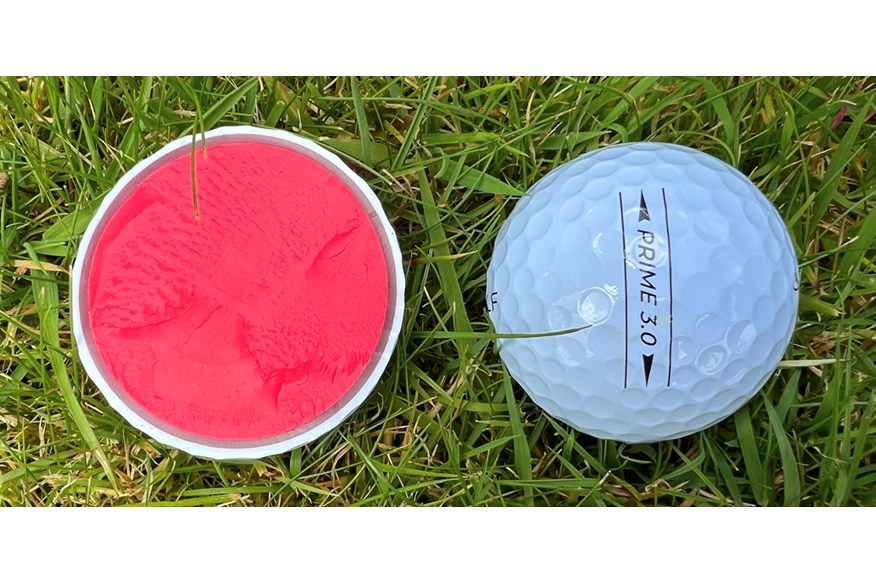
Vice Pro
The Vice Pro is one of three 3-piece balls offered by the company with the standard Pro model sitting between the Pro Plus and Pro Air. The ball has been optimized for the perfect balance of distance and control and is aimed primarily at medium swing speed players who want a low spin, flat trajectory long game with sufficient spin rates for control around the green.
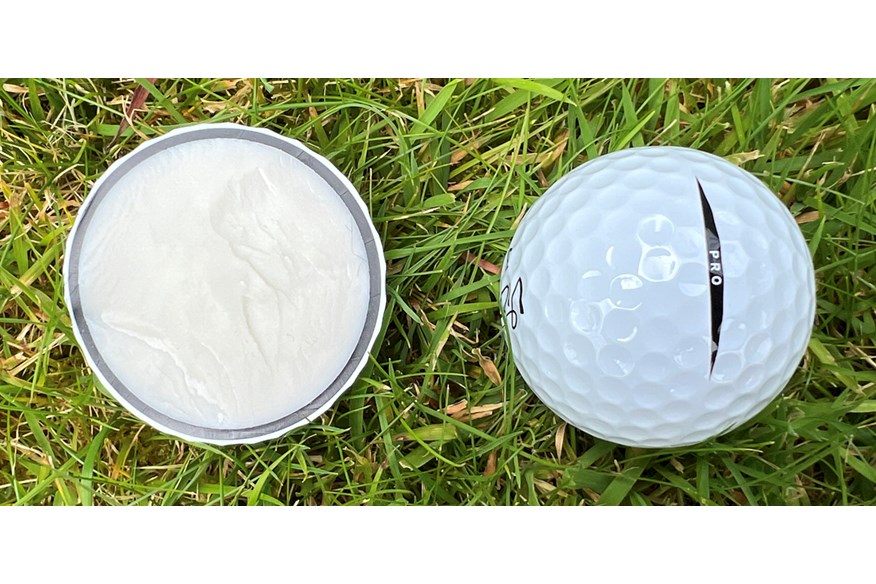
Be it not for the name above the descriptions, the manufacturers above could well be describing any of the four balls. All claim to be total performance packages with the perfect distance-spin ratio for long-game power and short-game control. Yet just one of them has a reputation for unmatched quality across large swathes of the industry.
But is this accolade still justified today? We’ve seen how it may not be the case when pitched against other premium tour-level models, but surely a $4 ball stands head and shoulders above its wannabe competition. Here’s what our gold standard robot test had to say.
The Data
Ball speed
Averaged across three driver speeds, the Pro V1 edged its DTC competition thanks largely to its 100 mph club speed performance. When comparing ball speeds with 7-iron and wedge, however, the Pro V1 was surpassed by the Seed and Vice balls, providing evidence in agreement with Titleist’s claims of its distance/control ratio adjusting down the bag. The Snell was consistently the slowest ball off the face across all three clubs.
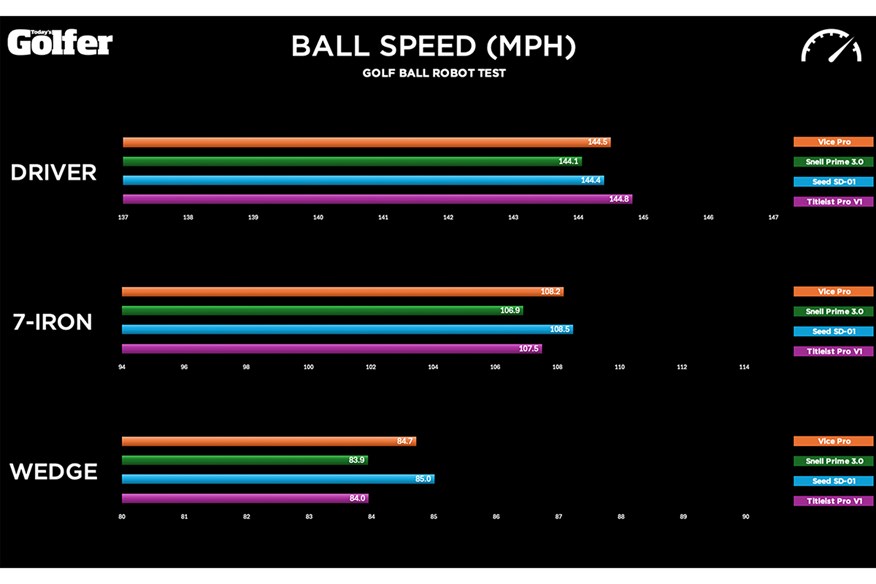
Backspin
The backspin results again confirmed the Pro V1’s credibility as a ball designed for ‘total performance’, delivering the lowest spin rates with driver but significantly higher spin rates with 7-iron and wedge than the competition. Those differences amounted to 215 rpm more with a 7-iron and 416 rpm more with a wedge than the next highest spinning model. It’s a telling finding that really highlights the versatility of Titleist’s flagship ball and the challenge other brands have in trying to replicate that same adjustability.
One result worth noting was the competitive backspin performance of the Seed, particularly with pitching wedge. While it was still some way off Pro V1 levels, it produced greater spin rates than many popular three-piece tour balls such as the Callaway Chrome Soft and Srixon Q-Star Tour. Both the Vice and Snell models were in the bottom six of our wider 24-model test for backspin with 7-iron and wedge.
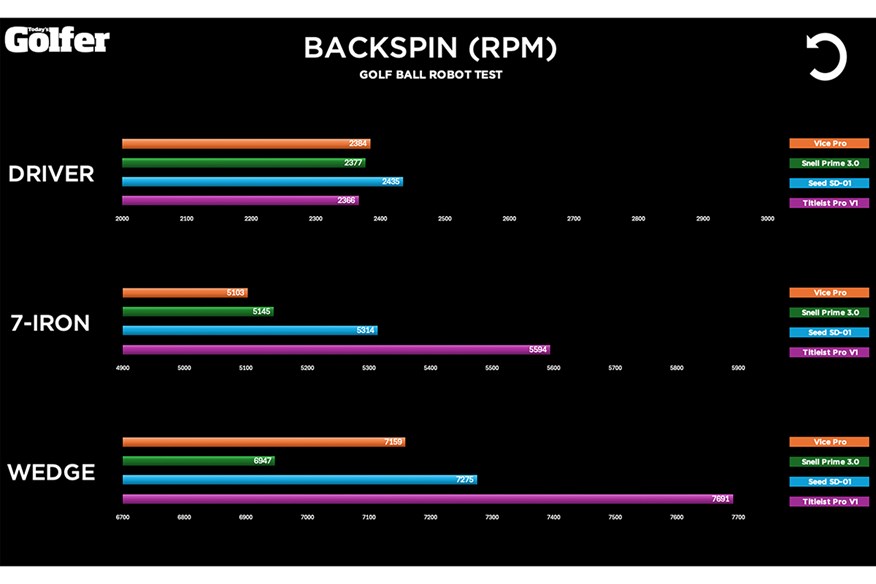
Carry distance
Despite being the highest spinning ball off-the-tee in this four-way comparison, the Seed SD-01 registered the furthest carry distance when averaged across the three driver speeds. The SD-01 also won the distance battle with 7-iron and wedge where the ball also edged its rivals for ball speed.
Only two yards separated all four balls with driver, however, with 7-iron and wedge the gap between SD-01 and Pro V1 widened to 3.8 and 2.3 yards respectively.
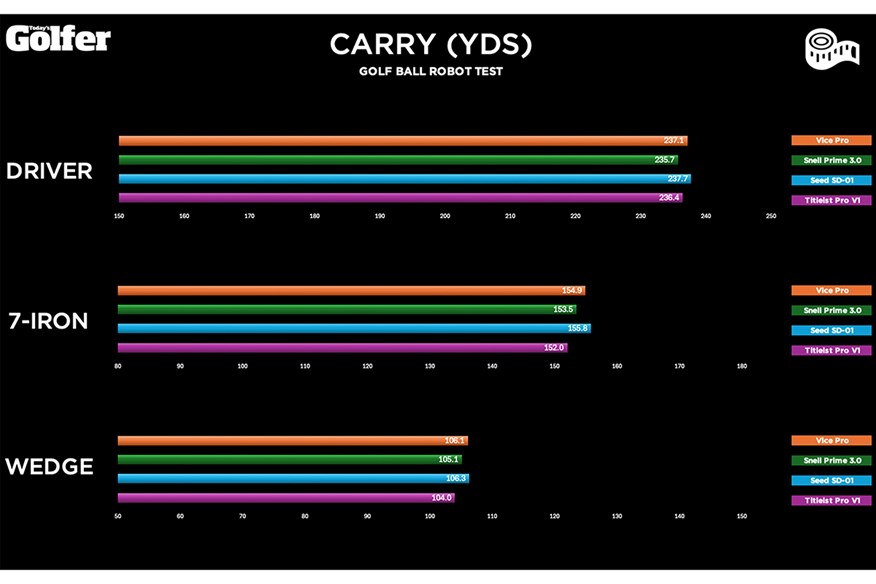
Shot area
The dispersion data showed mixed results in this four-ball comparison. Across each club, the Snell Prime 3.0 was the least accurate, noticeably so with driver and 7-iron. Averaged across three driver speeds the Snell was responsible for the largest shot area in our whole 24-model robot golf ball test.
The Pro V1, Seed, and Vice balls reported comparable dispersion results with 7-iron, while the Seed and Vice balls excelled with wedge by delivering shots within a 5 sq yards area. Averaged across all five test situations the Seed SD-01 produced the smallest shot area across the wider sample, 12.7 sq yards tighter than the test average and 2.1 sq yards smaller than the second-placed Pro V1.
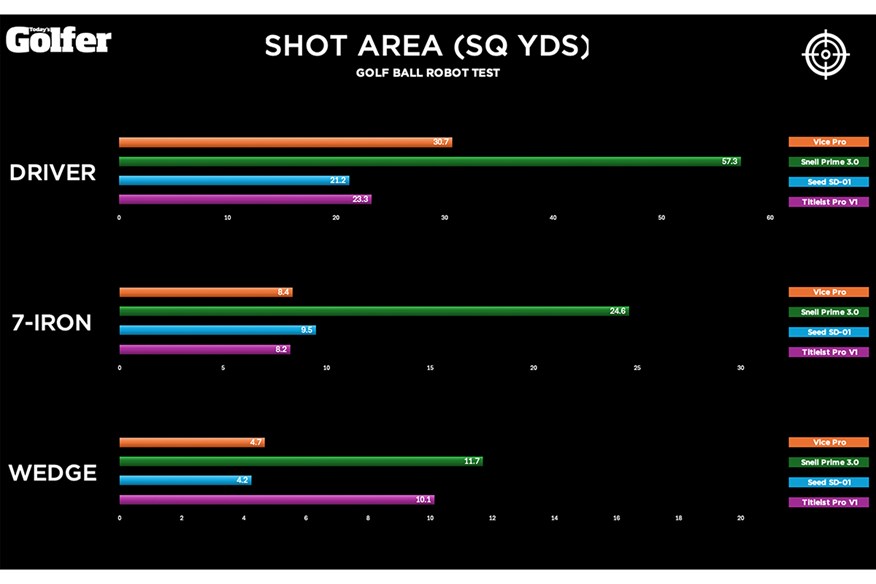
Other metrics
The Pro V1 consistently reported the shallowest launch angles and registered the lowest peak height with 7-iron and wedge, second only to the Snell when averaged over three driver speeds.
The Seed and Vice achieved greater peak heights with a 7-iron and wedge compared to the Pro V1 and Snell, helping them fall at steeper descent angles, and boosting their stopping power potential. It should be noted however that despite recording the shallowest descent angle with a wedge, the Pro V1 did record significantly higher spin rates by a minimum of 400 rpm.
| Titleist Pro V1 | Seed SD-01 | Snell Prime 3.0 | Vice Pro | |
| Driver Launch Angle (°) | 12.4 | 12.9 | 12.8 | 12.8 |
| Driver Height (yds) | 48.7 | 49.1 | 48.5 | 48.9 |
| Driver Descent Angle (°) | 30.5 | 31.8 | 31.2 | 31.3 |
| 7-Iron Launch Angle (°) | 20.7 | 21 | 21 | 21 |
| 7-Iron Height (yds) | 31.2 | 31.9 | 31.3 | 31.7 |
| 7-Iron Descent Angle (°) | 44.8 | 45.1 | 44.4 | 45.1 |
| Wedge Launch Angle (°) | 28.7 | 29.4 | 29.4 | 29.3 |
| Wedge Height (yds) | 20.3 | 20.7 | 20.5 | 20.7 |
| Wedge Descent Angle (°) | 47.6 | 48.5 | 48.0 | 48.3 |
Consistency
As part of our robot golf ball test, we ranked all 24 models for consistency of performance for ball speed, backspin, and carry across their 12-shot test protocol. Coming out on top of the pile was the Vice Pro which produced the most consistent ball speed readings, while ranking third for carry distance and fourth for backspin.
The Seed SD-01 also registered impressive consistency scores, ranking fifth overall, nine places higher than the 14th ranked Pro V1, with the Snell Prime 3.0 down in 21st position with highly variable results.
Final verdict: As good as a Titleist Pro V1?
With the Titleist Pro V1 setting you back $55/£50 per dozen, it’s no wonder why direct-to-consumer brands have made it their mission to bring credible alternatives to the mass market for a fraction of the cost. And while they all like to claim with confidence they have achieved the feat, our experience over the years has evidenced that there is usually a compromise somewhere.
Our data has shown how the Pro V1 delivers as billed, combining penetrating low-spin performance off-the-tee with high-spinning approach game credentials. It’s a trait that mid to high-level golfers demand from a premium ball, which is why these results should be pleasing to see for those willing to pay the higher price point. On the other hand, we should point out that its firmer sibling – the Pro V1x – comes out as the more favorable choice in almost every measurable area. That’s why if you haven’t already, we would encourage you to try out the X model at the same price.
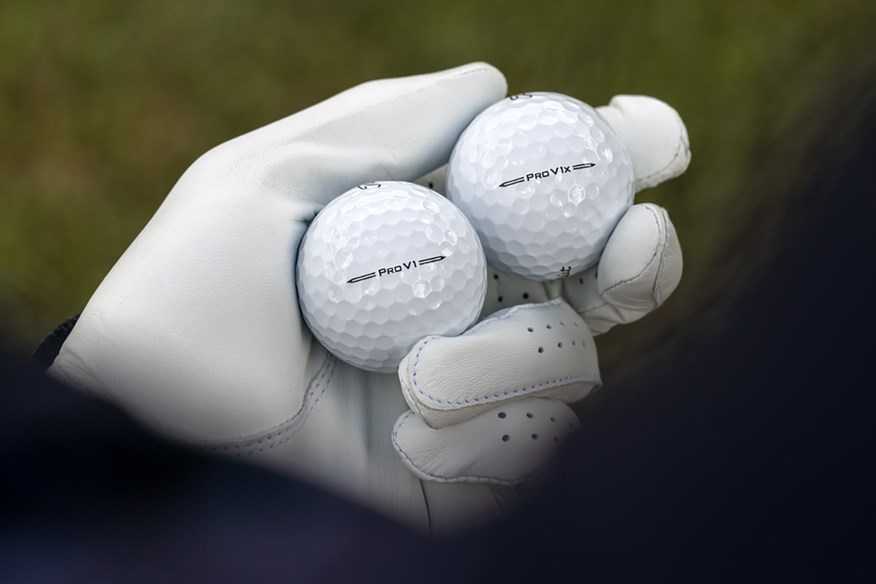
However, this four-way head-to-head highlighted one 3-piece DTC model that is seriously worth exploring. At just $35/£25 per dozen, the Seed SD-01 punches well above its weight in our opinion. It was longer than the Pro V1 across all five test situations and delivered competitive levels of spin down the bag, with rates exceeding other premium tour-level balls. It also falls at a steeper descent angle than the Pro V1 with 7-iron and wedge helping to close the stopping power gap created by the higher spinning Pro V1.
Add in the fact it produced the tightest shot area across our wider test when averaged across all five situations, and we struggle to find a reason for not giving this ball a crack. Based on UK prices and losing an average of 68 balls a year (1.3 balls a week), you would also save yourself over £280 a season by swapping from the Pro V1, and even more if you game the Callaway Chrome Soft for example.
As for the other balls in this test, the Vice Pro can be considered a credible lower-priced alternative if you place an emphasis on carry distance throughout the bag and feel you generate excessive spin on your approach shots. It also delivered a super impressive performance for consistency. Unfortunately, the Snell Prime 3.0 failed to shine too brightly in this particular comparison, however, we would point you to their 2-piece urethane offering that surprised us in all the right ways.
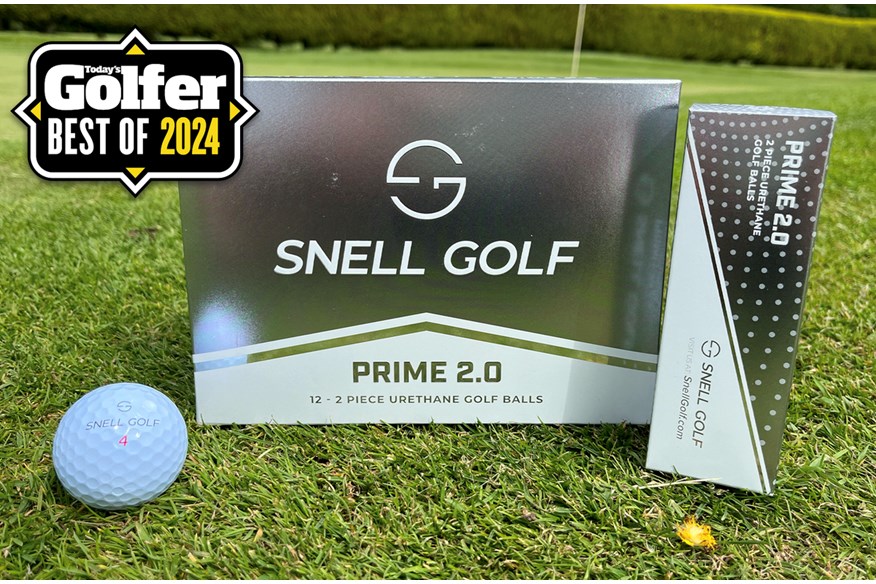
Once again, our annual Robot Golf Ball Test has shown how the DTC marketplace is going from strength to strength with evidence to support why some of these balls are certainly playing in the same league as more premium tour-level offerings. So before spending your next fifty dollar bill on a shiny box of Pro V1s, why not jump online and stock up with the DTC model that resonates best with your game?
The savings you will make can go on lessons which will undoubtedly outweigh any difference in performance you will see from a golf ball with a less recognizable logo!
Buying information…
- Seed SD-01 | Find out more at Seed
- Snell Prime 3.0 | Order now at Snell Golf
- Vice Pro | View deal on Amazon
Price per ball £4.17 / 0.21p per yard
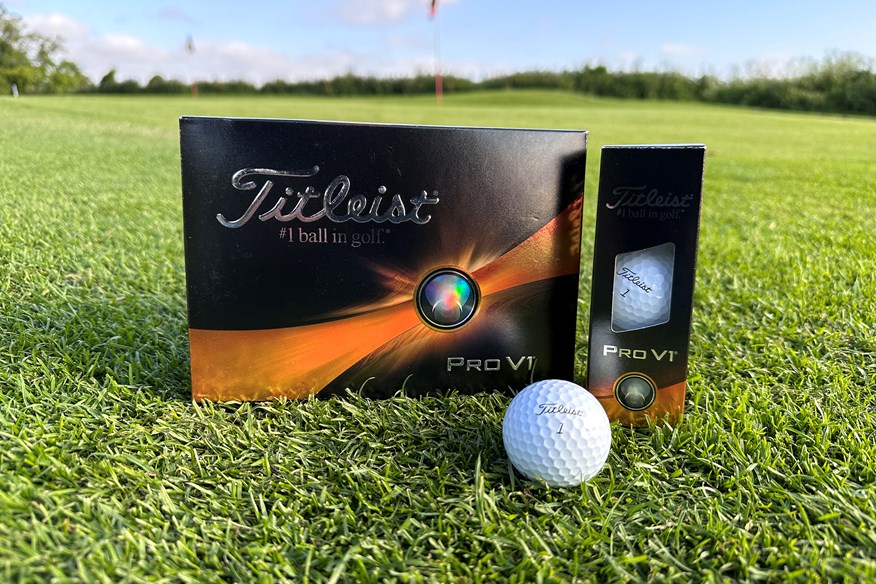

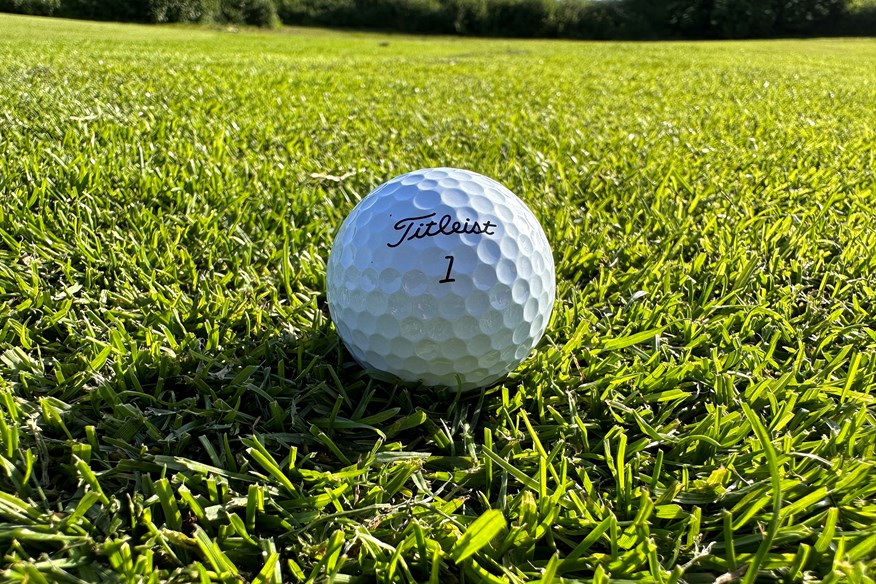
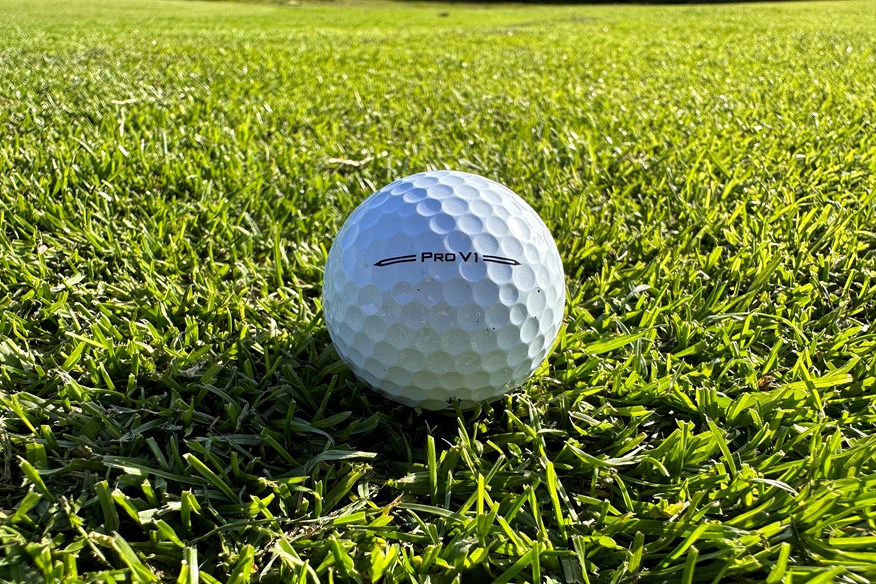

Expect a softer feel (than the Pro V1x), along with Drop-and-Stop greenside control. If you don’t specifically want a higher ball flight and long game spin, this is Titleist’s best ball for you. The ball of choice for Scottie Scheffler, Viktor Hovland, and Tony Finau.
Read our full Titleist Pro V1 (2023) golf ball review.
Pros
- This is the market-leading golf ball
- A firm favorite on tour
- You get a softer feel
Cons
- The Titleist Pro V1x is longer and spins more with an iron and wedge
| Construction | 3-Piece |
| Cover | Urethane |
| Cost per ball | £4.17 |
